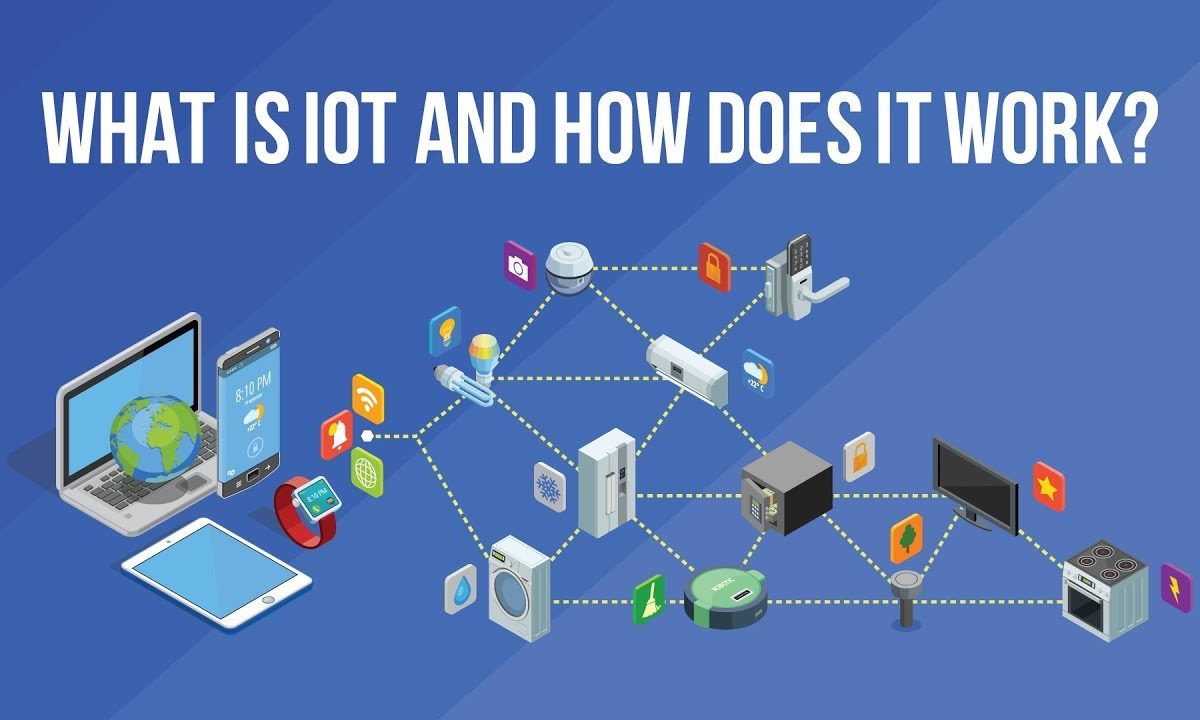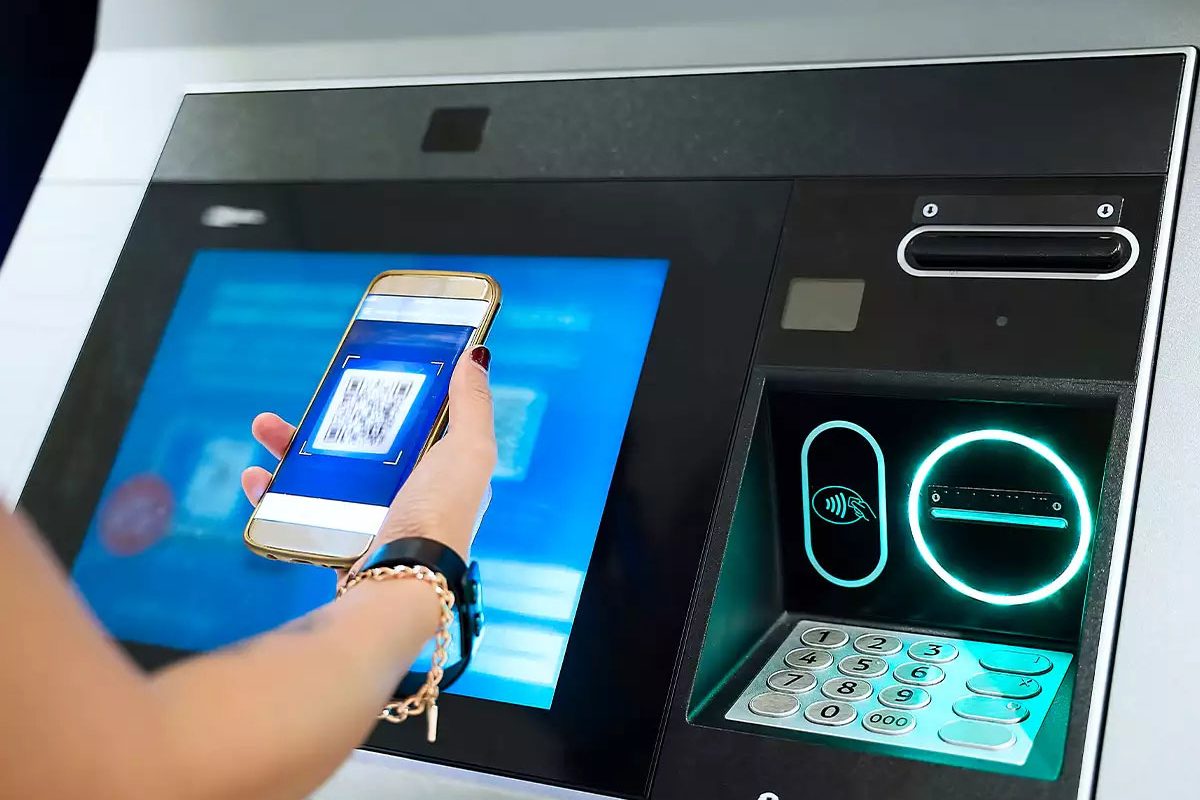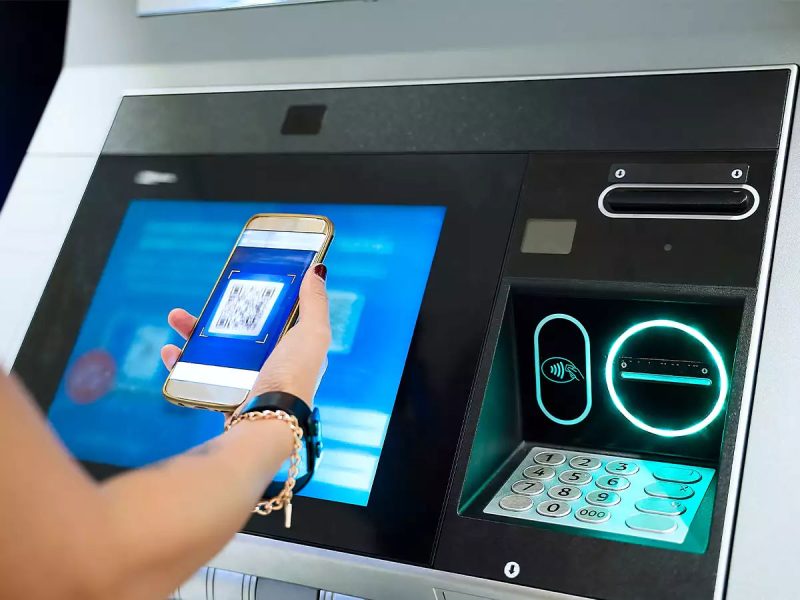Cryptocurrencies have become one of the most popular investments, and business people are taking immense interest in buying and selling digital currencies.
The market has not met expectations in the past few months, but experts still believe cryptocurrencies have a bright future. Many people are investing in cryptocurrencies and holding them for the future.
However, with the growing popularity of cryptocurrencies, cybercriminals have become more active and are looking for different ways to exploit the system. Crypto Malware is the most famous name that comes to our mind when we hear about all such frauds.
That’s why today, in this article, we will discuss Crypto Malware, how it works, and how to protect yourself from such frauds.
What is Crypto Malware?
Crypto Malware is software installed by threat actors on victim’s devices without their knowledge. Cybercriminals do their job very smartly, as it also allows crypto threat actors to mine cryptocurrencies using user’s computing resources. We should also know what blockchain is and its impact on cryptocurrencies.
It is also known as cryptojacking, where users don’t get any payoff while suffering considerable losses in computational resources and processing power. Once the hackers have access, they can transfer cryptocurrencies to their accounts with the help of malware.
Crypto Malware vs Crypto Ransomware
People need clarification on Crypto Malware and Crypto Ransomware; they believe both are the same. Both of these are used to enter the victim’s system. The method could be the same, but radically, they are different from each other.
Crypto Malware uses computational resources to mine cryptocurrencies. At the same time, crypto ransomware is malware that allows attackers to encrypt files stored on their devices to extort money in cryptocurrency.
The victim gets quickly notified in crypto ransomware that their files got comprised with a ransom note. In contrast, crypto mining malware’s main aim is to stay undetected for a longer time.
How Does Crypto Malware Work?
Crypto Malware can be entered into the victim’s device in several ways. The most common form of adopting this technique is sending phishing emails and other links. Once users have clicked on those links, the malware will get downloaded on their device and will start doing its job.
Moreover, the attackers may also use psychological and engineering tactics to force users to download spammy files.
Most of these files are installed with a message that delivers a sense of urgency, making users think that downloading this file is essential for them. Once the file is opened, the attackers will enter codes via JavaScript and take complete control.
Moreover, these codes are hard to detect because they are stored on the website. Rather than directly tampering with data, crypto-malware clandestinely injects malicious code into software and applications, harnessing the computational power of GPUs and other system resources to engage in cryptojacking. This covert operation occurs silently in the background, allowing the malware to mine cryptocurrencies whenever the compromised device is used.
Types Of Crypto Malware Attacks
Cybercriminals have different ways to attack cryptocurrency users. Crypto users need to stay aware of different types of Malware Attacks to make the right decision at the right time.
Prometei Botnet
Botnets consist of privately owned computers that have been compromised by malware and are collectively manipulated without their owners’ knowledge. The Prometei botnet gained notoriety in the mid-2020s when it exploited vulnerabilities in Microsoft Exchange servers to deploy crypto-mining malware. Its primary focus was mining the Monero cryptocurrency, currently valued at approximately $200.
The Prometei Botnet infiltrated the networks of numerous companies spanning various industries across North America and Europe. In addition to cryptocurrency mining, it exploits vulnerabilities such as EternalBlue and BlueKeep to acquire login credentials. The botnet employs SMB (Server Message Block) and RDP (Remote Desktop Protocol) vulnerabilities to propagate and install mining components on multiple endpoints.
Power Ghost
Power Ghost uses spear Phishing way to gain initial access to a network. It completely evades the security of crypto users by leveraging Windows Management Instrumentation and Eternal Blue Exploit.
This cryptojacking attack can also disable antivirus programs and other competing cryptocurrency miners to get maximum yield. Crypto users need to be very conscious while managing their portfolios.
Graboid
Graboid stands out as the pioneer cryptojacking worm, uniquely propagating through Docker Engine, an open-source containerization technology for constructing and encapsulating cloud-based applications.
This cunning worm establishes its presence by infiltrating vulnerable and unprotected Docker daemons. Once inside, it deploys a Docker image on the compromised host, effectively utilizing the host’s resources for Montero cryptocurrency mining.
How To Detect Crypto Malware?
Well, Crypto Malware is completely undetectable, but still, users can figure out its presence if their system is showing some of the symptoms given below:
- Your device will get slower than usual because the cryptojacking attack has completely drained its computational resources.
- The processor or graphic card starts getting heated without any prior reason. It will start damaging, and its performance will be reduced.
- The CPU usage percentage will start rising without any reason; you can check CPU usage in the task manager. Generally, it stays between 20% and 30%, but getting a higher percentage means crypto malware runs in the background.
- There will be an unexpected rise in the cost of electricity.
How To Protect Yourself From Crypto Malware?
Crypto Malware is undetectable, so staying conscious is a compulsion task. There are numerous ways through which you can protect yourself from Crypto Malware. Let’s discuss some of them.
- You should install ad-blockers and other crypto mining extensions like noCoin or minerBlock.
- Always make sure that your system has antivirus installed, which will prevent it from cryptojacking.
- Disable JavaScript on all suspicious websites.
- Update your browser and extensions to prevent uncertainties.
- Access only those URLs that begin with HTTPS.
- Using a Network Detection tool will be very helpful. With this tool, you can track the organization’s network and spot unusual traffic to prevent cyber threats.
Crypto Malware is gaining popularity because of the rise in demand for cryptocurrencies. They are undetectable, and that’s why cybercriminals are mining cryptocurrencies in an unauthorized manner by using computer resources.
Conclusion
Crypto Malware has become a real threat to cryptocurrency users, and everyone needs to take appropriate measures to deal with it. Cybercriminals are adopting different techniques and strategies to steal your cryptocurrency.
Above, we have also explained the difference between Crypto Malware and Crypto Ransomware. Just read it and have a better understanding of vulnerabilities. Moreover, we have also given all the necessary precautions that you should take to prevent unauthorized access to your cryptocurrencies.
FAQs
1. Which is the most common Crypto Malware?
Crypto Ransomware is the most common crypto malware that decodes users’ files and demands a ransom in exchange for a decryption key.
2. How could I know if I have been suspected of Crypto Malware?
There are numerous ways to identify that your system is suspected of Crypto Malware. Your system performance starts getting slower and heating without any reason. Moreover, CPU usage will also increase, and you can check it in your Task Manager.
3. What should I do when my system is infected with Crypto Malware?
If your system is infected with Crypto Malware, don’t worry; turn off your device immediately and conduct an antivirus scan program to ensure your system runs smoothly. Then, you must change all the passwords and enable two-factor authentication on your digital and exchange wallets.
4. Will it be secure to store cryptocurrency on an exchange?
Storing cryptocurrency on an exchange is convenient, but it also comes with significant risks. Cybercriminals have already attacked crypto exchanges, and users have borne huge losses. The best option will be to keep it in a cold wallet, which is not connected to the Internet.
5. Should I pay ransom to get all my files back?
Paying ransom is not recommended because there is no guarantee that they will provide you with a decryption key, which will encourage increased criminal activity. The best option will be to consult cybersecurity experts for the best alternative to get your data back.




























